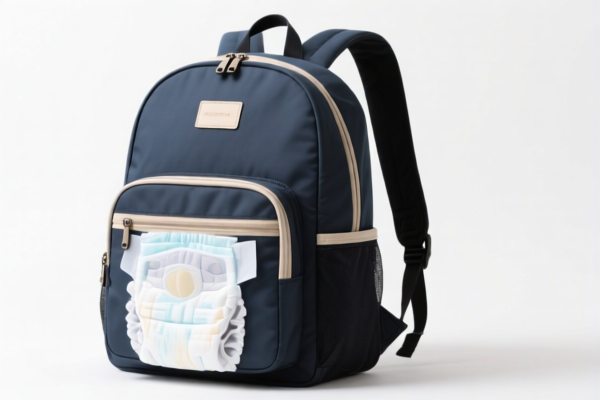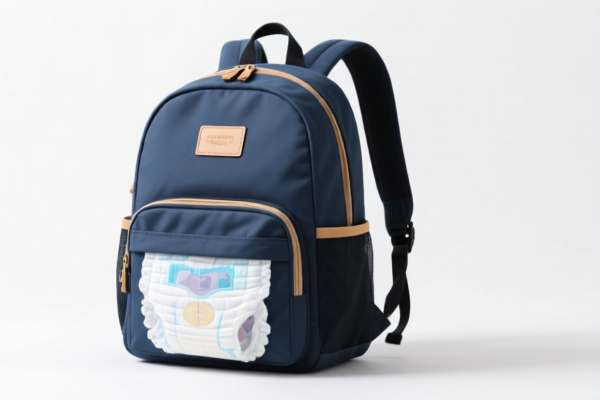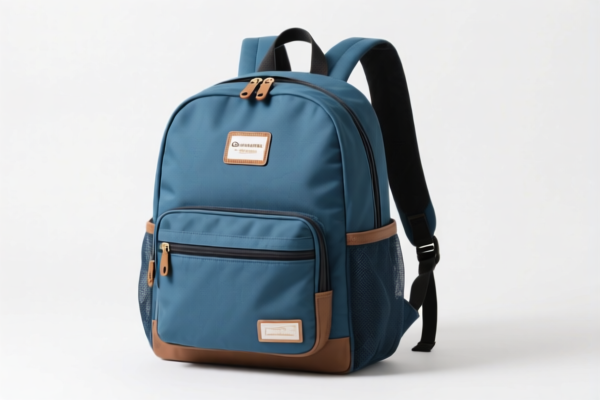| HS Code | Official Doc | Tariff Rate | Origin | Destination | Effective Date |
|---|---|---|---|---|---|
| 9619001530 | Doc | 37.5% | CN | US | 2025-05-12 |
| 9619003100 | Doc | 38.1% | CN | US | 2025-05-12 |
| 3926904000 | Doc | 32.8% | CN | US | 2025-05-12 |
| 3923900080 | Doc | 58.0% | CN | US | 2025-05-12 |




Diapers
Diapers, also known as nappies, are absorbent hygiene products worn by infants, young children, and adults who experience incontinence. They are designed to contain urine and feces, preventing soiling of clothing and bedding.
Materials:
- Absorbent Core: Traditionally made of wood pulp fluff, but increasingly utilizing superabsorbent polymers (SAPs) – typically sodium polyacrylate – which can absorb many times their weight in liquid.
- Covering: Originally cotton or linen, now predominantly non-woven fabrics like polypropylene or polyethylene. These provide a liquid-resistant barrier.
- Leg Cuffs & Waistbands: Elastic materials (elastomers) provide a secure and comfortable fit.
- Fastening Systems: Adhesive tapes (for disposable diapers), hook-and-loop fasteners (Velcro-like), or elastic waistbands (for training pants or reusable diapers).
- Other Components: Acquisition layer (distributes liquid), distribution layer (spreads liquid evenly), fragrance, wetness indicators, and lotions.
Purpose:
The primary purpose of diapers is to provide a convenient and hygienic means of managing bodily waste, protecting the wearer from skin irritation and discomfort, and simplifying care for both the wearer and caregiver.
Function:
Diapers function by absorbing and containing urine and feces. The absorbent core quickly draws fluid away from the skin, reducing the risk of diaper rash. The waterproof outer layer prevents leakage. Modern diapers are designed for efficient fluid distribution and containment, minimizing bulkiness and maximizing comfort.
Usage Scenarios:
- Infants: Newborns and toddlers who have not yet achieved bladder and bowel control.
- Children undergoing potty training: Provide a sense of security and reduce accidents during the learning process.
- Adults with incontinence: Managing urinary or fecal incontinence due to medical conditions, age, or disability.
- Travel and extended outings: Provide convenience and peace of mind.
Common Types:
- Disposable Diapers: Single-use diapers made from synthetic materials. Most common type. Available in various sizes and absorbency levels.
- Cloth Diapers: Reusable diapers made from fabric (cotton, hemp, bamboo). Require washing and drying. Available in several styles:
- Prefolds: Rectangular pieces of absorbent fabric folded into shape and secured with pins or fasteners.
- Fitted Diapers: Shaped like disposable diapers, with elastic and fasteners.
- Pocket Diapers: Have a waterproof outer layer with a pocket to insert absorbent inserts.
- All-in-One Diapers: Similar to disposable diapers, but reusable.
- Training Pants: Designed for children who are transitioning out of diapers. More absorbent than underwear, but less bulky than diapers.
- Swim Diapers: Waterproof diapers designed for use in swimming pools.
- Adult Diapers: Specifically designed for the anatomy and needs of adults. Available in various styles (briefs, pull-ups, etc.) and absorbency levels.
Diapers are absorbent articles used for containing bodily waste, primarily worn by babies and individuals with incontinence. They are typically made from materials like paper, cellulose wadding, textile fabrics (including cotton), and plastics.
The following HS codes are relevant to diapers, based on the provided information:
- 9619001530: Sanitary pads (towels) and tampons, diapers (napkins), diaper liners and similar articles, of any material: Of paper, cellulose wadding or webs of cellulose fibers. This code specifically covers diapers and diaper liners made from paper, cellulose wadding, or cellulose fiber webs. The total tax rate is 37.5%, comprised of a 0.0% base tariff and a 7.5% additional tariff, increasing to 30% additional tariff after April 2, 2025.
- 9619003100: Sanitary pads (towels) and tampons, diapers (napkins), diaper liners and similar articles, of any material: Diapers of other textile materials: Of cotton: Of knitted or crocheted textile fabric (239). This code applies to diapers made from cotton textile fabrics, specifically those that are knitted or crocheted. The total tax rate is 38.1%, consisting of an 8.1% base tariff and a 0% additional tariff, rising to 30% additional tariff after April 2, 2025.
Regarding these HS codes, it is important to accurately determine the material composition of the diapers. If the diapers are made of paper, cellulose wadding, or cellulose fiber webs, use HS code 9619001530. If they are made of cotton textile fabrics (knitted or crocheted), use HS code 9619003100.
Customer Reviews
No reviews yet.